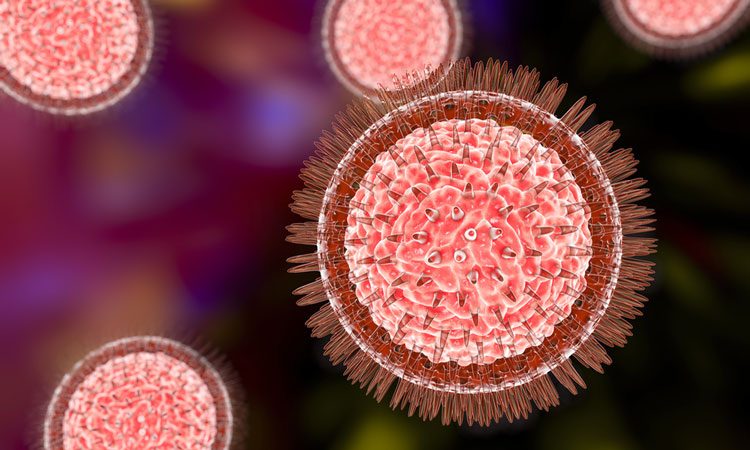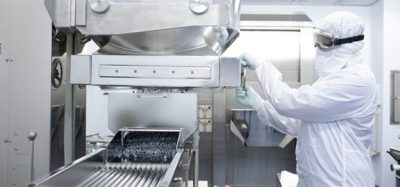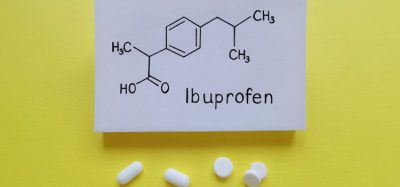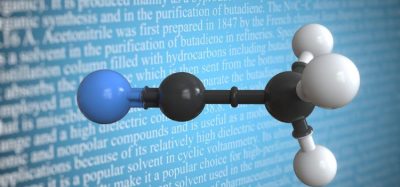Radiance could be the key to faster viral detection
Posted: 19 September 2018 | Iqra Farooq (European Pharmaceutical Review) | No comments yet
Viruses explored through Radiance, an instrument designed to improve the process of analysis, ensures quick and efficient viral detection…


An instrument based on Laser Force Cytology (LFC) allows researchers to rapidly analyse viral vaccines in order to quicken development and production, and to ensure their effectiveness.
Current techniques to measure viral infectivity are generally labour-intensive, difficult to standardise and slow – creating an obstacle in the process of vaccine development. This also makes it more difficult to respond to emerging and changing threats such as the Zika Virus, Ebola and Influenza.
Many vaccines use live versions of infectious viruses, which then generate an immune response that protects individuals at later stages in life. Therefore, measuring the concentration of the virus is vital for the safety and efficacy of the vaccine, and is used throughout the industry. From biomanufacturing and release testing, to clinical trials and research and development, a reliable, quick and standardised method of quantification is essential.
Existing methods often used fluorescently tagged antibodies – which could take over a year to develop and test for new viruses. LumaCyte’s label-free instrument, called Radiance, enhances efforts, and seems to offer significant improvement over current methods.
Scientists from Thermo Fisher Scientific and LumaCyte worked together to test the Radiance instrument, demonstrating scenarios for the improved detection of viral infection of vesicular stomatitis virus (VSV) in mammalian cell lines.
VSV is used commonly for vaccine production for disease such as Ebola, Nipah and Lassa viruses. Cells already infected can be analysed immediately using Radiance within 5-10 minutes, meaning a 400-800-fold reduction in the time required to obtain an answer.
The instrument offers researchers real-time monitoring of viral infectivity, something not available using other standard techniques.
Another technique used by the researcher involved samples being taken and applied to suspension or adherent cells and then incubated for 3-7 times shorter than previously. The samples are then analysed using Radiance. Results were obtained in 16 hours, rather than the 72 hours needed for the conventional method.
Radiance measures optical force, size, shape, deformability, and captures images of single cells. High quality measurements can be made quicker, more cheaply and less laboriously than traditional assays.
The study was published in the journal Vaccine by Elsevier.
Related topics
Analytical techniques, Biochemical Assays for Screening, Biopharmaceuticals, Bioprocessing, Bioproduction, Cell-Based Assays for Screening, Data Analysis, Drug Development, Drug Manufacturing, Lab Automation, Lab Equipment, Label-free screening, Manufacturing, Research & Development (R&D), Technology









